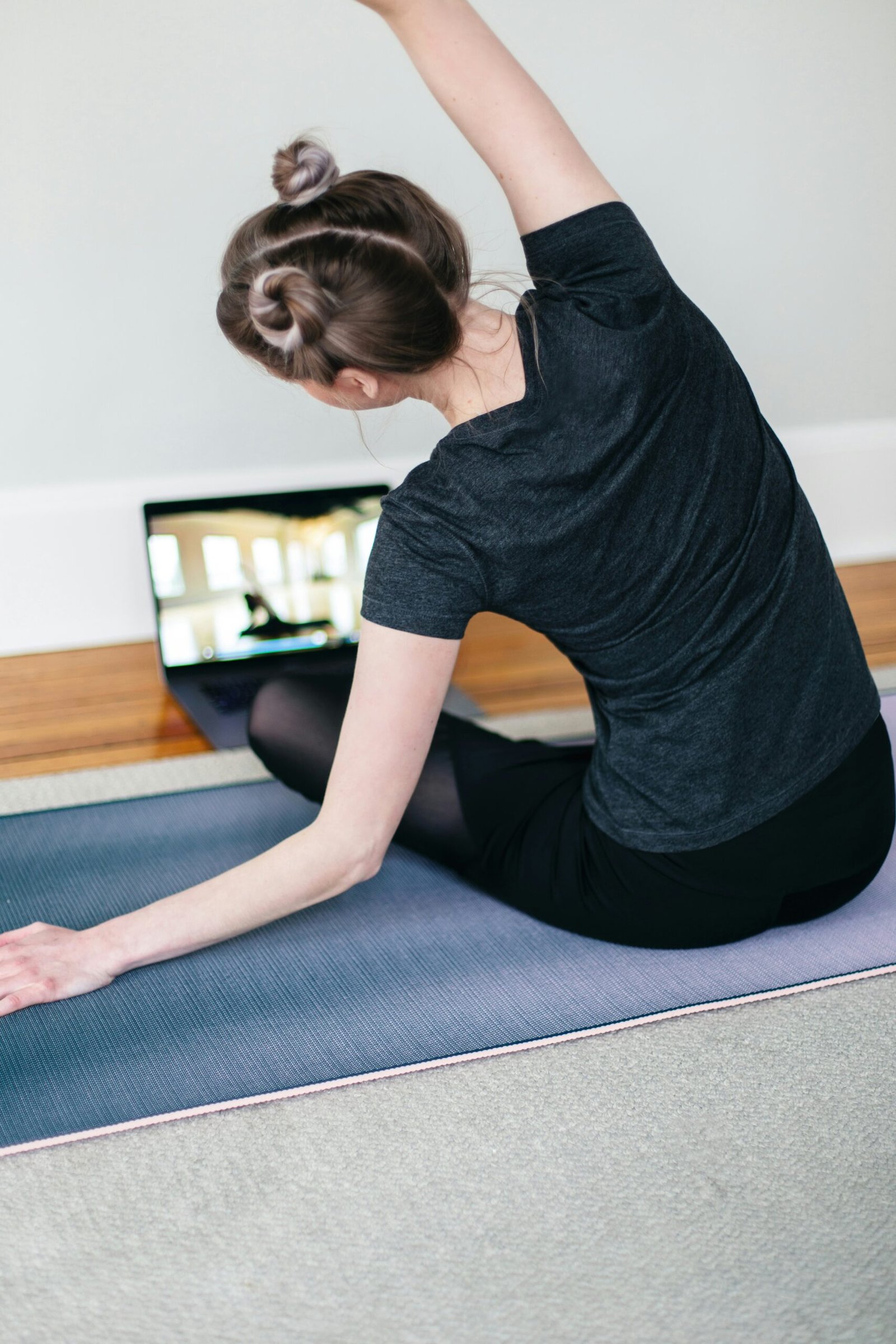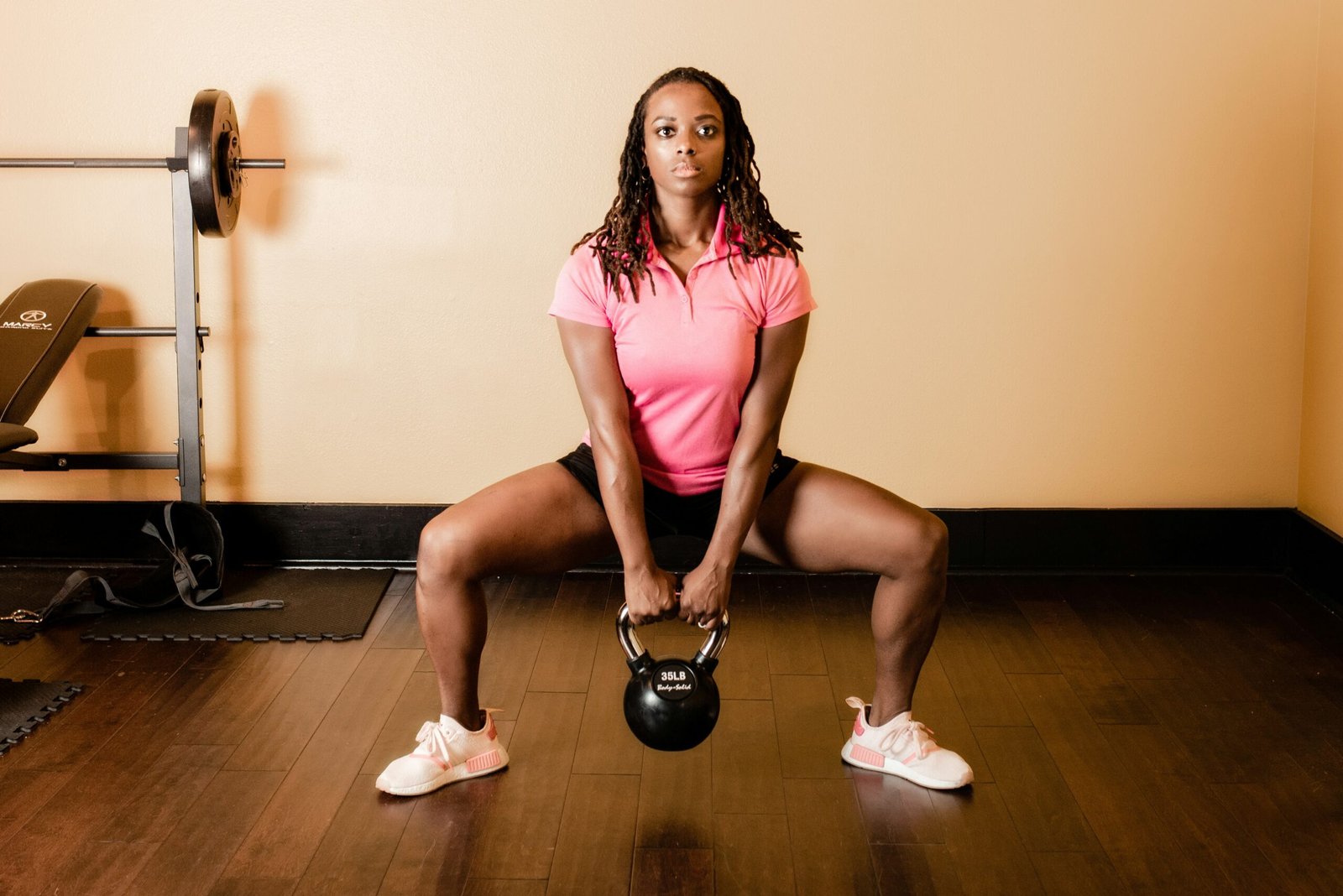Introduction to the 15-Minute Total Body Workout
In today’s fast-paced world, finding time to maintain a consistent fitness routine can be challenging. However, staying fit is crucial for both physical and mental well-being. This is where the concept of a 15-minute total body workout comes into play. This quick, efficient workout is designed to fit seamlessly into your busy schedule, ensuring that you can stay active without dedicating hours to the gym.
The beauty of a 15-minute total body workout lies in its simplicity and effectiveness. By incorporating high-intensity exercises that target all major muscle groups, you can achieve a comprehensive fitness routine that boosts cardiovascular health, enhances muscle strength, and promotes overall endurance. Moreover, these workouts are designed to be performed at home, eliminating the need for any special equipment. This accessibility makes it easy for anyone, regardless of fitness level, to embark on a journey towards better health.
Short, intense workouts have been shown to offer numerous benefits. They can increase metabolism, improve heart health, and help in weight management. Additionally, the convenience of a home-based workout means that you can exercise at any time that suits you, without the constraints of gym hours or commute times. This flexibility is particularly beneficial for individuals juggling multiple responsibilities, such as work, family, and social commitments.
Ultimately, a 15-minute total body workout provides a practical solution for those looking to maintain a healthy lifestyle amidst a hectic schedule. By dedicating just a quarter of an hour each day, you can make significant strides towards your fitness goals. This approach not only makes staying fit achievable but also sustainable in the long run, allowing you to integrate physical activity into your daily routine effortlessly.
Warm-Up: Getting Your Body Ready
A proper warm-up is essential for preparing your body for a total body workout, enhancing performance, and reducing the risk of injuries. A well-structured warm-up routine not only increases your heart rate but also promotes better blood flow to the muscles, making them more pliable and ready for physical exertion. Here is a 3-minute warm-up routine that incorporates dynamic stretches and light cardio exercises.
Start with jumping jacks for one minute. This classic exercise effectively raises your heart rate and warms up various muscle groups including the legs, arms, and core. Make sure to perform the movement in a controlled manner, ensuring your feet land softly to minimize impact on your joints.
Next, transition to high knees for another minute. This exercise not only elevates your heart rate but also engages your abdominal muscles and hip flexors. Stand tall and bring your knees up towards your chest as high as possible, alternating legs at a brisk pace. Keep your core tight and maintain an upright posture throughout.
Conclude the warm-up with arm circles for the final minute. Start with small circles and gradually increase the size, first in a forward direction for 30 seconds and then in reverse for another 30 seconds. This move activates the shoulder muscles and increases the range of motion, preparing your upper body for the workout ahead.
Including these dynamic stretches and light cardio moves in your warm-up routine is pivotal. By spending just a few minutes on this preparatory phase, you enhance muscle flexibility, boost circulation, and elevate your overall workout efficiency. As a result, you are better equipped to tackle your 15-minute total body workout, ensuring each exercise is performed safely and effectively.
Upper Body Strength: Push-Ups and Variations
The foundation of any total body workout often begins with a focus on upper body strength, and push-ups are a quintessential exercise in this regard. Traditional push-ups target the chest, shoulders, triceps, and core, making them an efficient exercise for building upper body strength. To perform a standard push-up, start in a plank position with your hands placed slightly wider than shoulder-width apart. Lower your body until your chest nearly touches the floor, keeping your elbows at a 45-degree angle, then push back up to the starting position.
For those who are new to push-ups or looking to modify the intensity, knee push-ups provide a suitable alternative. Begin on all fours, then position your hands as you would for a standard push-up. Keeping your knees on the floor, lower your chest towards the ground, ensuring your body forms a straight line from your head to your knees. Push back up to complete one repetition. This variation reduces the load on your upper body, making it more accessible for beginners.
Incline push-ups are another excellent variation, especially for those who find traditional push-ups too challenging. Perform this exercise by placing your hands on an elevated surface, such as a bench or a sturdy chair. The higher the incline, the less body weight you will need to lift, which helps in gradually building strength. Ensure that your body remains in a straight line from head to heels throughout the movement.
Maintaining proper form is crucial to maximize the benefits and prevent injury. Keep your core engaged, avoid sagging your hips, and ensure your neck stays in a neutral position. Consistency in these techniques will help you gain strength effectively, contributing significantly to your total body workout regimen. By incorporating these variations, individuals of all fitness levels can work towards improving their upper body strength efficiently.
Lower Body Power: Squats and Lunges
Building lower body strength is crucial for overall fitness, and incorporating exercises such as squats and lunges into your total body workout can yield significant benefits. These exercises target the quads, hamstrings, and glutes, contributing to muscle growth, improved balance, and enhanced athletic performance.
To perform a squat correctly, stand with your feet shoulder-width apart and your toes slightly pointed outwards. Engage your core and keep your chest up as you bend your knees and hips, lowering your body as if sitting back into a chair. Ensure that your knees do not extend past your toes. Aim to lower your thighs parallel to the ground before pushing through your heels to return to the starting position. For beginners, using a chair for support or reducing the depth of the squat can help with form. Advanced exercisers can increase intensity by adding weights or performing jump squats.
Lunges are another effective lower body exercise. Begin by standing tall with your feet hip-width apart. Take a step forward with one leg and lower your hips until both knees are bent at approximately 90 degrees. Ensure your front knee is directly above your ankle and your back knee hovers just above the floor. Push through your front heel to return to the starting position and repeat on the opposite leg. Beginners can perform stationary lunges or use a wall for balance, while advanced individuals might try adding weights or performing walking lunges.
Both squats and lunges are essential components of a total body workout, offering numerous benefits. They enhance strength in the quadriceps, hamstrings, and glutes, leading to improved stability and power. By incorporating these exercises and adjusting the intensity according to your fitness level, you can achieve a more effective and balanced workout routine.
Core Stability: Planks and Bicycle Crunches
Core-strengthening exercises are integral to a comprehensive total body workout, providing a foundation for overall fitness and stability. Two effective exercises to target your core are planks and bicycle crunches. These exercises not only enhance core strength but also improve posture, balance, and the ability to perform other physical activities with greater ease.
To perform a standard plank, start by positioning yourself on the floor, face down. Place your forearms on the ground with elbows directly below your shoulders and extend your legs behind you, balancing on the balls of your feet. Your body should form a straight line from head to heels. Engage your core by pulling your navel towards your spine and maintain this position, ensuring your hips do not sag or rise too high. Hold the plank for as long as possible, aiming for at least 30 seconds initially, and gradually increase the duration as your core strength improves.
The bicycle crunch is another effective exercise that targets multiple core muscles, including the obliques. Begin by lying on your back with your lower back pressed into the floor. Place your hands behind your head, elbows wide, and lift your knees to a 90-degree angle. Simultaneously, lift your shoulder blades off the ground. Twist your torso to bring your right elbow towards your left knee while extending your right leg straight. Switch sides, bringing your left elbow towards your right knee while extending your left leg. Continue this pedaling motion, ensuring a controlled and steady pace to maximize muscle engagement and avoid strain.
Maintaining proper form is crucial when performing these exercises to prevent injury and maximize effectiveness. A strong core contributes significantly to overall stability, enabling you to perform daily activities and other workouts with increased efficiency and reduced risk of injury. Regular incorporation of planks and bicycle crunches into your total body workout routine will lead to noticeable improvements in core strength and overall fitness.
Cardio Blast: Burpees and Mountain Climbers
Engaging in high-intensity cardio exercises is a crucial component of an effective total body workout. Two prominent exercises that fall into this category are burpees and mountain climbers. These exercises not only elevate your heart rate but also provide a comprehensive workout targeting multiple muscle groups.
Burpees are a full-body exercise that works your chest, arms, quads, glutes, hamstrings, and core. To perform a burpee, start in a standing position. Drop into a squat with your hands on the ground, kick your feet back into a plank position, complete a push-up, return your feet to the squat position, and then explosively jump up. This sequence not only builds strength but also promotes cardiovascular endurance. For those new to burpees, modifications include eliminating the jump or the push-up to reduce intensity.
Mountain climbers, on the other hand, are a dynamic exercise that primarily targets the core while also engaging the shoulders, arms, and legs. Begin in a plank position with your hands directly under your shoulders. Quickly alternate bringing your knees towards your chest, as if running in place. This exercise effectively mimics a running motion while keeping your body in a plank, thus providing an excellent cardio workout that also enhances core stability. Modifications for mountain climbers include slower knee movements or holding the plank position for a static core workout.
Both burpees and mountain climbers are exceptional choices for burning calories and improving cardiovascular health. By incorporating these exercises into your routine, you can achieve a high-calorie burn, enhance muscle tone, and boost overall fitness. Adjusting the intensity and duration of these exercises allows them to be suited for various fitness levels, ensuring everyone can benefit from this total body workout.
Cool Down and Stretching: Recovering Properly
After completing a high-intensity total body workout, it’s crucial to allocate a couple of minutes to cool down and stretch. This helps your muscles recover, reduces the risk of muscle soreness, and promotes overall relaxation. Cooling down allows your heart rate to gradually return to normal and helps prevent dizziness.
Begin with 30 seconds of light jogging or walking in place. This initial activity helps ease your body out of its workout state. Once your heart rate has slowed down, move on to stretching exercises that target the major muscle groups worked during your session.
First, stretch your hamstrings by sitting on the floor with one leg extended and the other bent, foot touching the inner thigh of the extended leg. Reach forward towards your toes, holding for 20-30 seconds, then switch legs. This helps in relieving any tension built up in your legs.
Next, stand up and perform a quadriceps stretch. Hold onto a wall or chair for balance, grab your ankle, and gently pull your heel towards your buttocks. Hold this position for 20-30 seconds on each leg. This stretch is essential for preventing tightness in the front of your thighs.
For your upper body, extend one arm across your chest and hold it with your other arm. Keep the shoulder down and hold the stretch for 20-30 seconds, then switch arms. This will help in stretching the muscles in your shoulders and upper back.
Conclude with a gentle back stretch. Lie on your back and pull one knee towards your chest while keeping the other leg extended on the floor. Hold for 20-30 seconds and then switch legs. This stretch targets the lower back, helping to alleviate any tightness.
By incorporating these stretches, you not only enhance muscle recovery but also improve overall flexibility. Ensuring a proper cool-down routine is an integral part of any total body workout, contributing to better performance and reduced injury risk in future sessions.
Tips for Success and Staying Motivated
Embarking on a 15-minute total body workout routine at home requires both dedication and strategic planning. One of the most critical steps in ensuring success is setting a regular schedule. Designate specific times each day or week for your workouts, treating them as non-negotiable appointments. This helps in forming a habit and making the workout an integral part of your daily routine.
Tracking your progress is another key factor in staying motivated. Keep a workout journal or use a fitness app to log your exercises, repetitions, and how you feel after each session. Not only does this provide a clear view of your improvements over time, but it also serves as a motivational tool. Witnessing your growth can inspire you to push harder and stay committed to your fitness goals.
Variety is the spice of life, and this holds true for workouts as well. Mixing up exercises can prevent boredom and keep your total body workout engaging. Integrate different types of exercises such as strength training, cardio, and flexibility movements. This not only challenges various muscle groups but also keeps the routine fresh and exciting. You can also explore new workout trends or incorporate fun elements like dance or sports drills to maintain enthusiasm.
Staying motivated also hinges on setting realistic and achievable goals. Break down your long-term fitness aspirations into smaller, manageable milestones. Celebrate these small victories along the way to maintain a positive mindset. Moreover, it’s essential to understand that progress takes time. Consistency and patience are paramount for long-term results. Remember that every effort counts, and even short, regular workouts can significantly impact your overall health and fitness.
Lastly, surround yourself with a supportive community. Engage with friends or join online fitness groups to share experiences, challenges, and successes. This network can provide encouragement, advice, and camaraderie, making the journey towards your fitness goals more enjoyable and sustainable.









